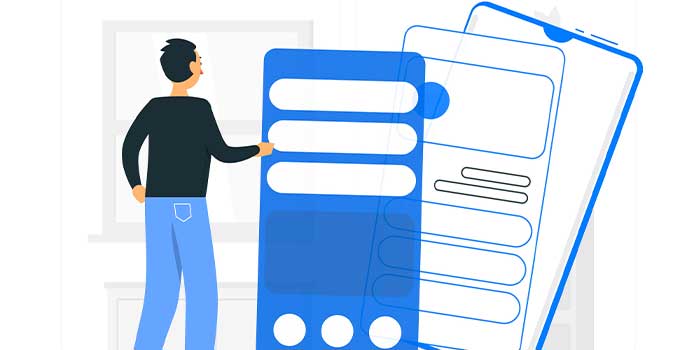The Future of Generative AI – Revolutionizing Art and Design
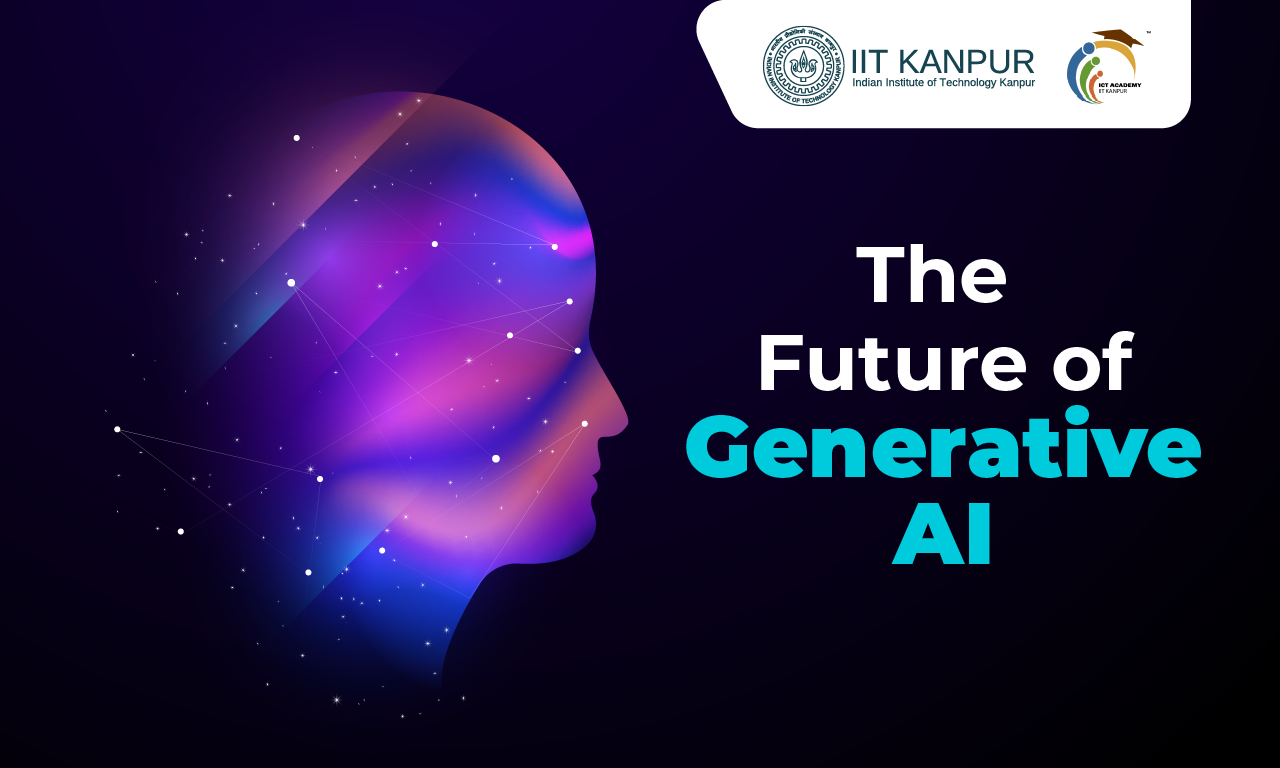
Future of Generative AI: Generative AI, a subcategory of artificial intelligence, develops original, new, and unique content following user prompts. It is also called generative adversarial networks (GANs) and is transforming the creative industries.
Generative AI is a machine learning model that can create new content by using existing data and patterns. It analyzes large amounts of data and learns creative patterns, allowing users to generate creative content in many forms, including designs, art, music, and more.
By 2030, the market size of generative AI is expected to surpass USD 356.10 billion. Let’s explore how powerful generative AI has been in creative industries and some of the most notable projects.
Future of Generative AI in Art and Design Industries
Creators and artists have used innovative tools and technologies to enhance their ideas and create engaging art. The use of generative AI tools is increasing because of their potential in creative industries. Here is how generative AI tools are helping artists in the art and design industries.
Future of Generative AI: Generative AI, a subcategory of artificial intelligence, develops original, new, and unique content following user prompts. It is also called generative adversarial networks (GANs) and is transforming the creative industries.
Generative AI is a machine learning model that can create new content by using existing data and patterns. It analyzes large amounts of data and learns creative patterns, allowing users to generate creative content in many forms, including designs, art, music, and more.
By 2030, the market size of generative AI is expected to surpass USD 356.10 billion. Let’s explore how powerful generative AI has been in creative industries and some of the most notable projects.
Image Generation
AI tools like DALL-E 3 and MidJourney help artists create highly detailed and realistic images based on simple text descriptions.
Businesses use many AI image-generating tools to create product designs and graphics. Even individuals can get AI-generated images within seconds after entering the prompts.
Video Creation
Editing videos and animation can be incredibly time-consuming. Generative AI streamlines this process by automating tasks like generating realistic backgrounds, animating characters, creating special effects, and more. For example, Synthesia can create digital avatars, Visla can make a video out of a script, etc. This allows video creators to focus on storytelling, scripting, and directing while AI handles the technical aspects.
Music Creation
Generative AI tools like Amper, MuseNet, Magenta, and AIVA can compose original music in various styles, including techno, pop, electronic, and more. Composers can use these AI music tools to get new ideas for melodies, harmonies, and rhythms or create backing tracks that free them to focus on the lead instruments and vocals. This can accelerate music creation and help composers become familiar with new music styles.
New Artistic Mediums
With the help of generative AI, new types of artistic mediums are emerging, like digital art. Artists are experimenting with using AI to create interactive installations, AI-generated poetry, and even generative dance performances. This allows for more artistic expression that blends human creativity with artificial intelligence.
Art Personalization
Generative AI can personalize creative outputs that meet your preferences. Trained AI models can understand an individual’s preferences, style, and emotional state and tailor creative content accordingly. For brands, AI tools can generate customized content that attracts potential buyers. Many artists, such as Mario Klingemann, Sougwen Chung, Refik Anadol, Alexander Reben, and more, use AI.
Enhance the Artist’s Toolkit
Generative AI acts as a powerful tool in an artist’s tool collection. It is important to note that generative AI does not replace artistic vision but rather augments it. Artists can use AI to generate variations on ideas, explore different creative directions, and overcome technical limitations. This helps artists try more art styles and effectively bring their creative visions to life.
Lessen Technical Barriers
Many creative projects need specialized skills and technical knowledge. Generative AI can break down these barriers by automating complex tasks. For instance, an artist with a limited animation background could use AI tools to generate basic character movements, allowing them to focus on the story and character design. This helps individuals with a creative vision without formal training to develop their ideas without mastering intricate technical skills.
Enhanced Productivity and Efficiency
Generative AI tools can automate repetitive tasks so artists can use their time to focus on conceptualization, refinement, and the unique human touch. For instance, AI can generate variations of logo designs based on initial user input, allowing graphic designers to choose from a wider range of options quickly.
Top Generative AI Art Tools
Here is the list of best AI tools that can be used in creative industries:
Images:
- DALL-E 3 – images for digital campaigns and digital art
- Midjourney – base artworks
- Adobe Firefly – graphics and branded content
Videos:
- Synthesia – digital avatars
- DeepBrain AI – generates videos through text
- Colossyan AI – for realistic and natural videos
Music:
- Boomy – create and sell original music
- WavTool – text-to-music generator tool
- AIVA – produces different variations of existing music
Content:
- ChatGPT – best for all types of content
- Jasper AI – SEO integration
- WriteSonic – articles and long-form content
3 Notable Generative AI Creative Projects
We have listed some of the most innovative and notable generative AI projects:
Gucci’s AI-designed Sneakers
Gucci, in collaboration with Wanna, created neon green virtual sneakers named The Gucci Virtual 25. You can wear these sneakers in AR or use them in apps such as VRChat, Roblox, etc.
AI Art Museum
In the Netherlands, a museum was opened in 2023 that physically exhibits art created by AI tools and AI artists, including images, digital art, interactive installations, and more.
The Next Rembrandt Project
This project started with creating a new painting in the style of the Dutch Golden Age master Rembrandt van Rijn. Researchers trained a generative AI model on a massive dataset of Rembrandt’s paintings. The resulting work, “The Next Rembrandt,” captures the style and essence of Rembrandt’s work while remaining a unique creation.
Wrapping Up
Generative AI is a revolutionary tool that impacts the creative industries, especially art and design. AI tools make the creative process easy, help individuals bring out their artistic side, and enable artists to experiment with more creative styles. Considering the thriving generative AI market, we expect to see even more advanced AI tools. However, even in the future, the human touch will be essential for refining, editing, and adding meaning to AI art and designs.
Recommended Courses
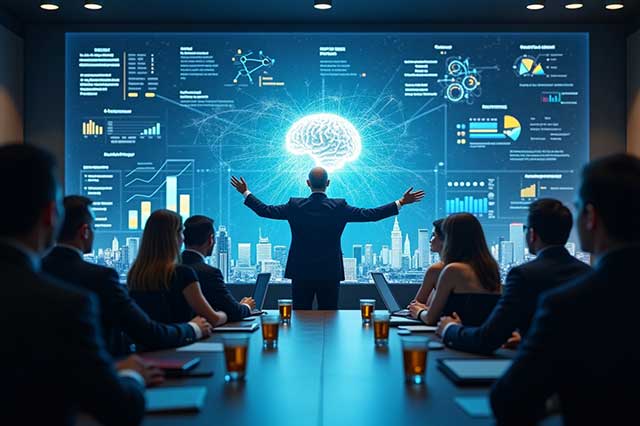
Advanced Certificate Program in AI for Leaders
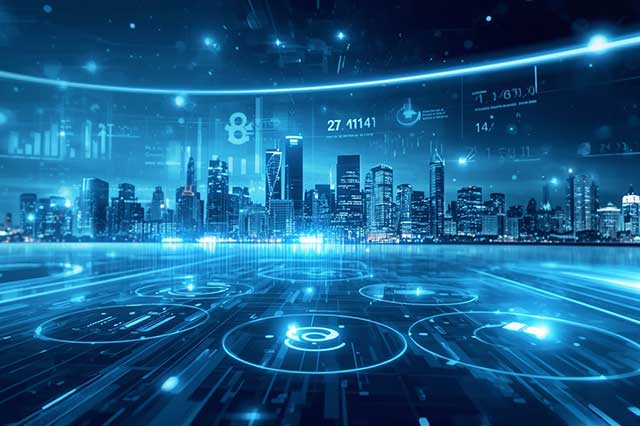
AI & Digital Transformation
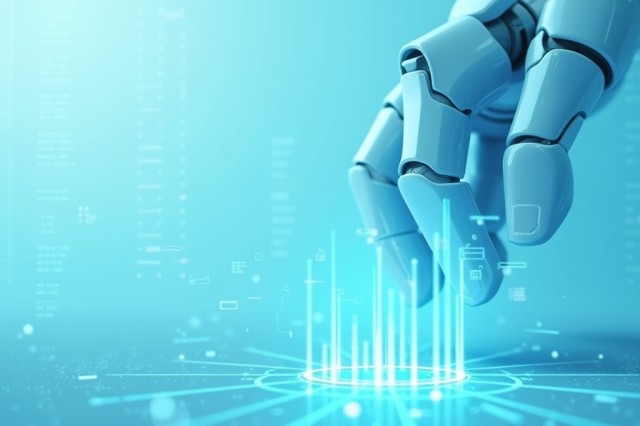
AI for Managers
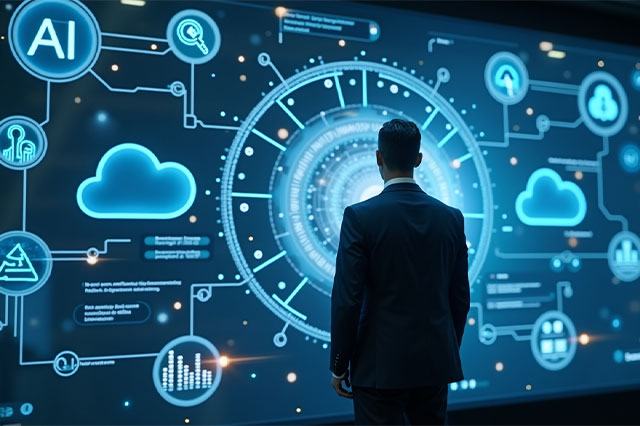
AI Manager Program
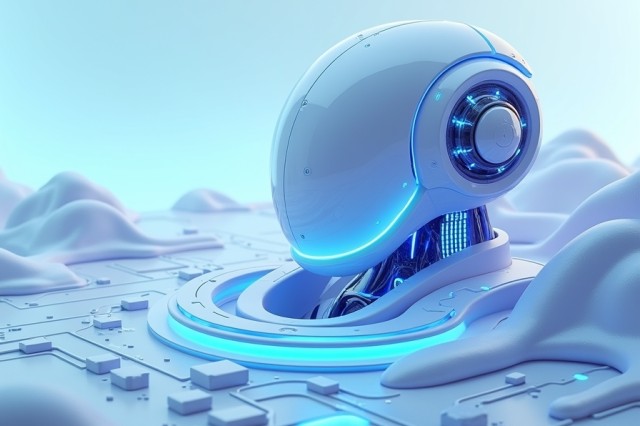
Artificial Intelligence
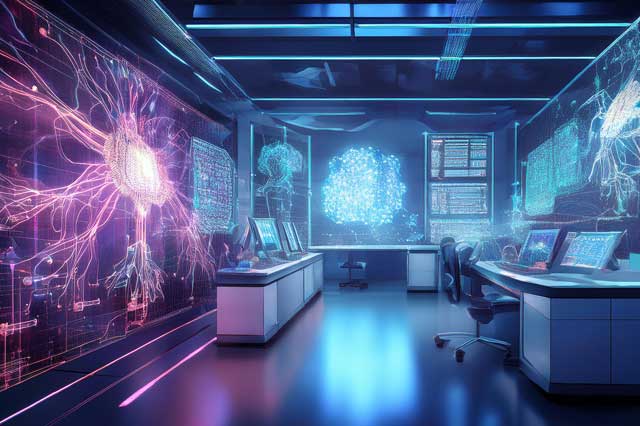
Deep Learning with Generative AI for Computer Vision
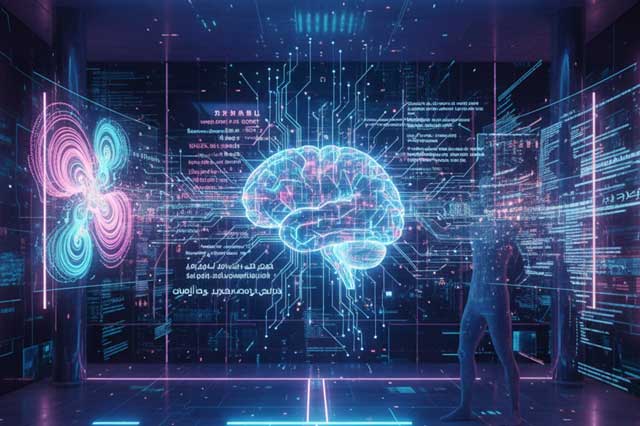
Generative AI
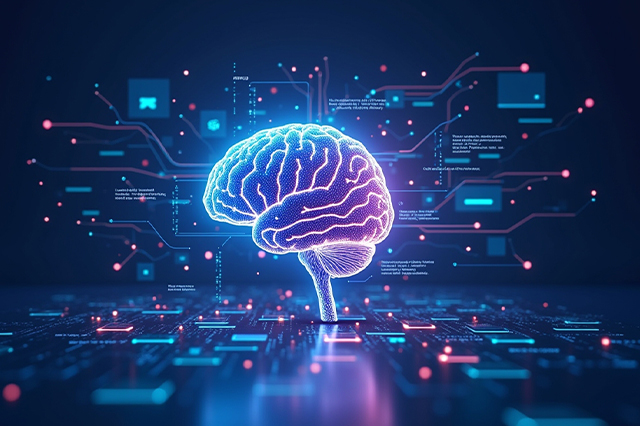
Generative AI – 2-Day Offline Workshop
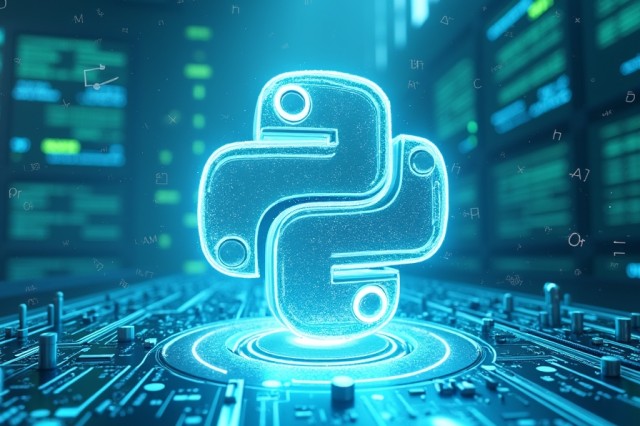
Machine Learning with Python

Professional Certificate Course in Generative AI and Machine Learning
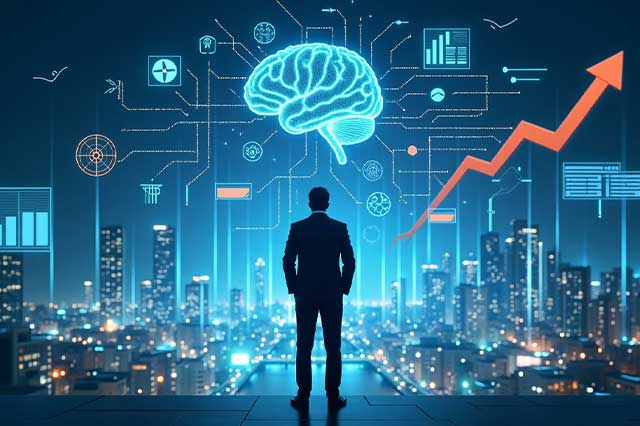
Professional Certificate Program in Leadership with AI
